The Art and Science of Cash Flow Projections in Intellectual Property Securitization
In the dynamic world of structured finance, few areas have generated as much intrigue—and as many unanswered questions—as the securitization of intellectual property (IP) assets. At the heart of every successful IP-backed transaction lies a critical yet often misunderstood component: cash flow projection. Unlike traditional asset-backed securities where predictable payment streams exist, IP cash flows inhabit a gray area between art and science, requiring analysts to navigate through legal uncertainties, technological obsolescence, and market volatility.
The process begins with understanding the unique characteristics of the IP asset class. Patent royalties, trademark licensing fees, and copyright revenues don't behave like mortgage payments or auto loans. Their cash flows are inherently lumpy, often tied to product life cycles or litigation outcomes. Seasoned structuring professionals have developed methodologies to smooth these erratic patterns into investable cash flow streams, but the techniques remain more proprietary than standardized across the industry.
Legal contingencies represent perhaps the most formidable challenge in IP cash flow modeling. A pharmaceutical patent generating $50 million annually could see its value evaporate overnight if invalidated in court. Sophisticated models now incorporate probabilistic legal assessments, weighing factors like the jurisdiction's patent-friendliness, the technology's prior art landscape, and the patent holder's litigation history. Some investment banks have even begun collaborating with legal analytics firms to feed lawsuit outcome statistics directly into their cash flow algorithms.
Technology adoption curves present another layer of complexity. The cash flows from a software patent portfolio might follow an S-curve trajectory—slow initial growth, rapid acceleration, then eventual decline as newer technologies emerge. Analysts studying historical adoption patterns for comparable technologies can sometimes identify leading indicators that help refine these projections. However, the accelerating pace of technological disruption has made even these analogical approaches increasingly unreliable.
Market concentration risk frequently surprises inexperienced modelers. Many IP assets derive substantial portions of their revenue from single licensees or narrow industry sectors. A trademark cash flow projection might show beautiful consistency—until the licensee's industry suffers an unexpected downturn. Recent deals have incorporated "cliff risk" provisions that automatically trigger cash flow adjustments if any single counterparty exceeds predetermined concentration thresholds.
The duration of IP cash flows introduces yet another modeling challenge. While a mortgage-backed security has a reasonably predictable maturity date, the useful life of intellectual property remains notoriously difficult to pin down. Some entertainment copyrights continue generating meaningful revenue decades after creation, while certain technology patents become obsolete within years. Forward-thinking structuring teams now run parallel projections using different obsolescence scenarios, weighting them according to the asset class's historical decay patterns.
Perhaps the most significant innovation in recent years has been the integration of alternative data into cash flow models. For royalty streams tied to consumer products, analysts might incorporate real-time sales data from retail scanners, social media sentiment analysis, or even satellite imagery of retail parking lots. In the pharmaceutical sector, prescription tracking data and clinical trial pipelines help refine royalty projections for drug patents. This data-driven approach has gradually shifted the balance from qualitative assessment toward quantitative forecasting.
Yet for all the technological advancements, human judgment remains irreplaceable in IP cash flow projection. The most sophisticated algorithms still can't fully account for sudden shifts in consumer preferences, regulatory changes, or breakthrough innovations that render existing technologies obsolete. Successful structuring teams combine cutting-edge modeling techniques with deep sector expertise, maintaining healthy skepticism about any projection that appears too precise or too stable.
As the IP securitization market matures, standardization efforts have begun emerging—particularly for more established asset classes like music royalties and pharmaceutical patents. Trade organizations have developed template cash flow waterfalls and common disclosure frameworks. However, the field still lacks the uniform modeling approaches seen in more traditional securitization sectors, preserving both its flexibility and its complexity.
The future of IP cash flow projection likely lies in hybrid approaches that marry financial engineering with technological forecasting. Some firms are experimenting with machine learning systems trained on decades of IP revenue data, while others are developing scenario analysis tools that can instantly reprice securities based on changing market conditions. What remains unchanged is the fundamental reality: in the world of IP securitization, cash flow projection isn't just a technical exercise—it's the alchemy that transforms intangible assets into investable securities.
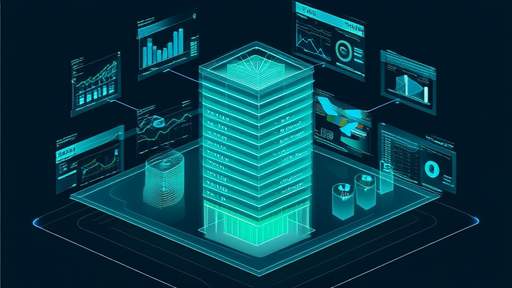
By /Jun 3, 2025
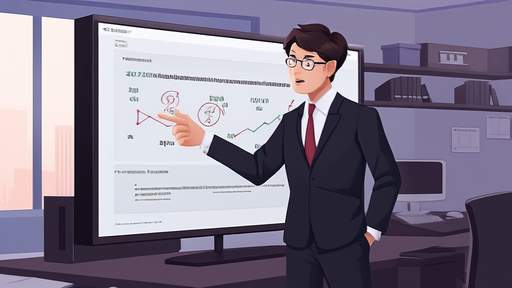
By /Jun 3, 2025

By /Jun 3, 2025
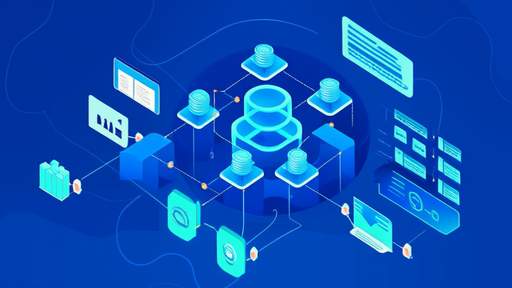
By /Jun 3, 2025

By /Jun 3, 2025

By /Jun 3, 2025

By /Jun 3, 2025
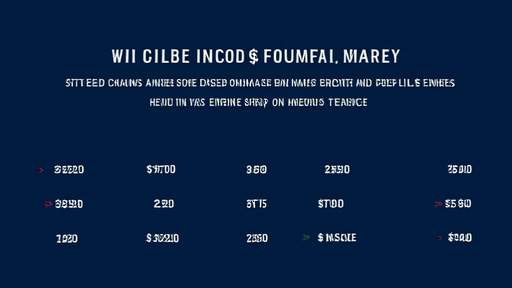
By /Jun 3, 2025

By /Jun 3, 2025
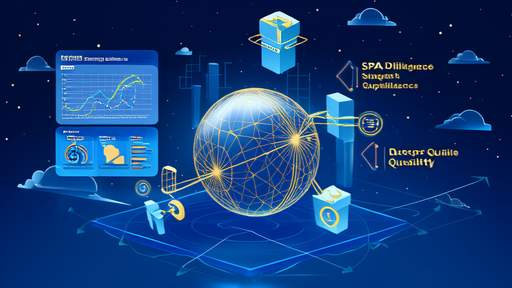
By /Jun 3, 2025

By /Jun 3, 2025

By /Jun 3, 2025
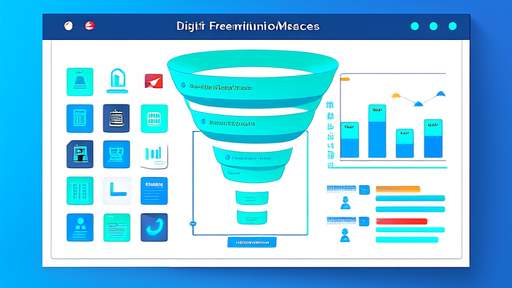
By /Jun 3, 2025
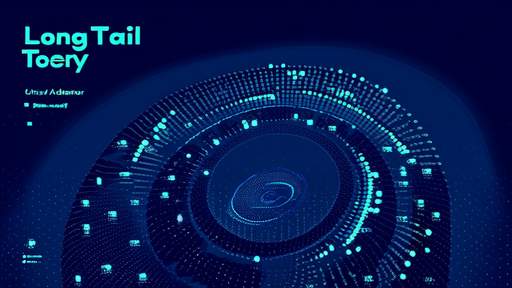
By /Jun 3, 2025

By /Jun 3, 2025

By /Jun 3, 2025

By /Jun 3, 2025

By /Jun 3, 2025

By /Jun 3, 2025

By /Jun 3, 2025